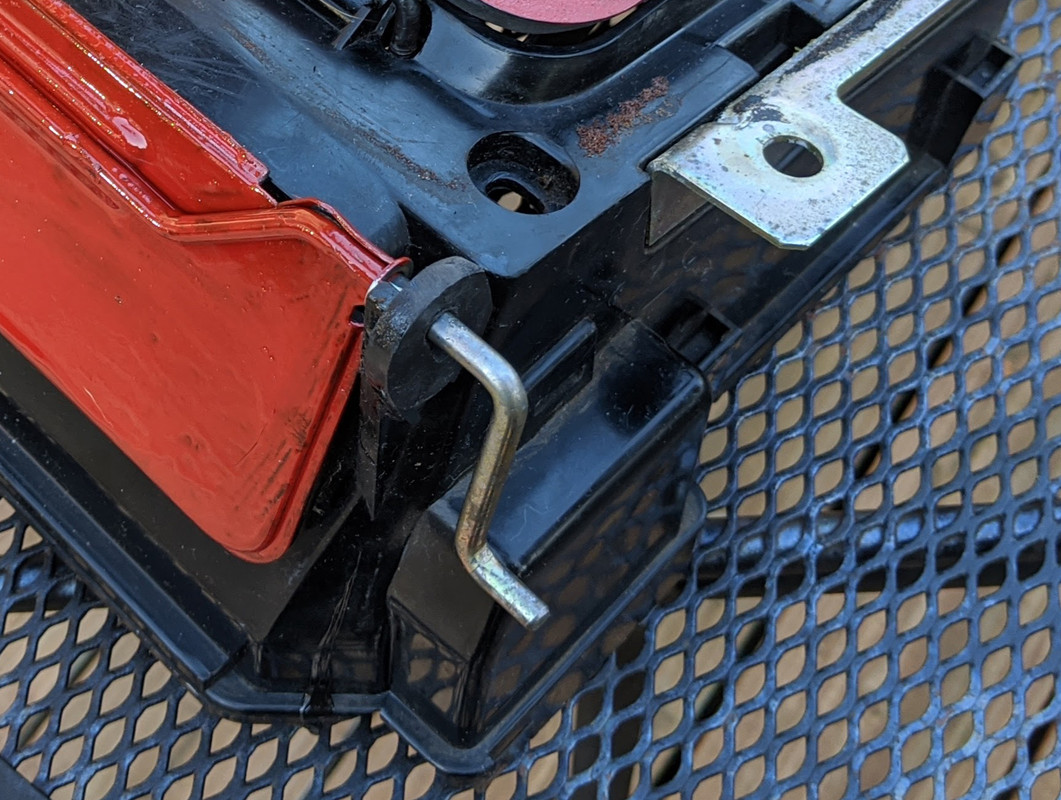darwoodious
Darin Nelson
My '76 heaterbox (like this on cracked on removal some time back - specifically the upper portion near where the water lines enter/exit the core. Unlike the lower section which is some sort of flexible plastic, the upper looks to be made of some fiber composite impregnated with epoxy of sorts. I'll put photos below but the primary ask is what glue do I use to reattach the broken part? First thought is "super glue" but I also have Acrylic Cement (from TAP) which is primarily for acrylic but also bonds other platics (styrene, butyrate, PETG etc).
The bond should be strong since it is part of the spring clip attachment.
I know some of you on this forum have a lot of experience in plastics and adhesives, so thought I'd ask first. Thanks.




The bond should be strong since it is part of the spring clip attachment.
I know some of you on this forum have a lot of experience in plastics and adhesives, so thought I'd ask first. Thanks.



